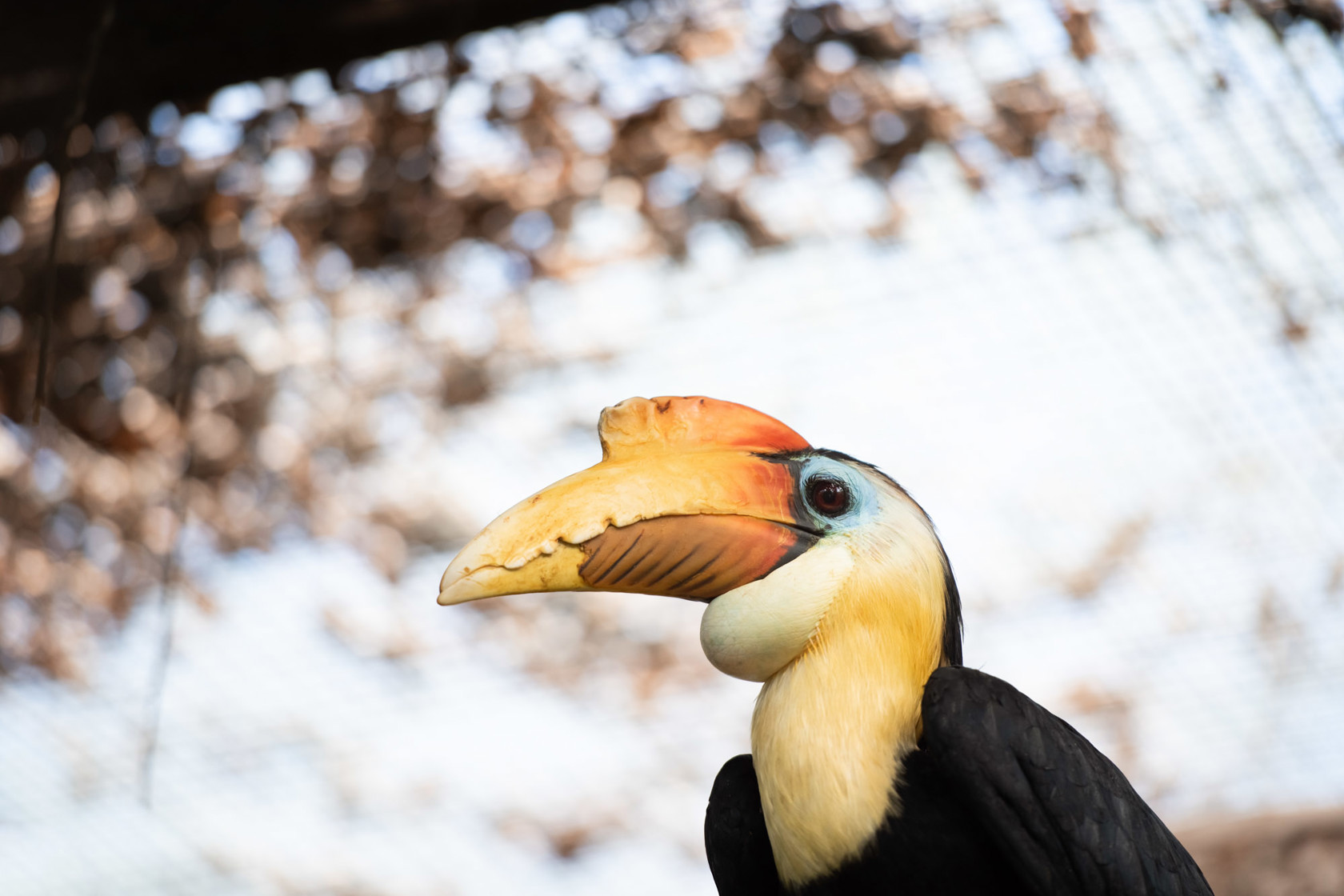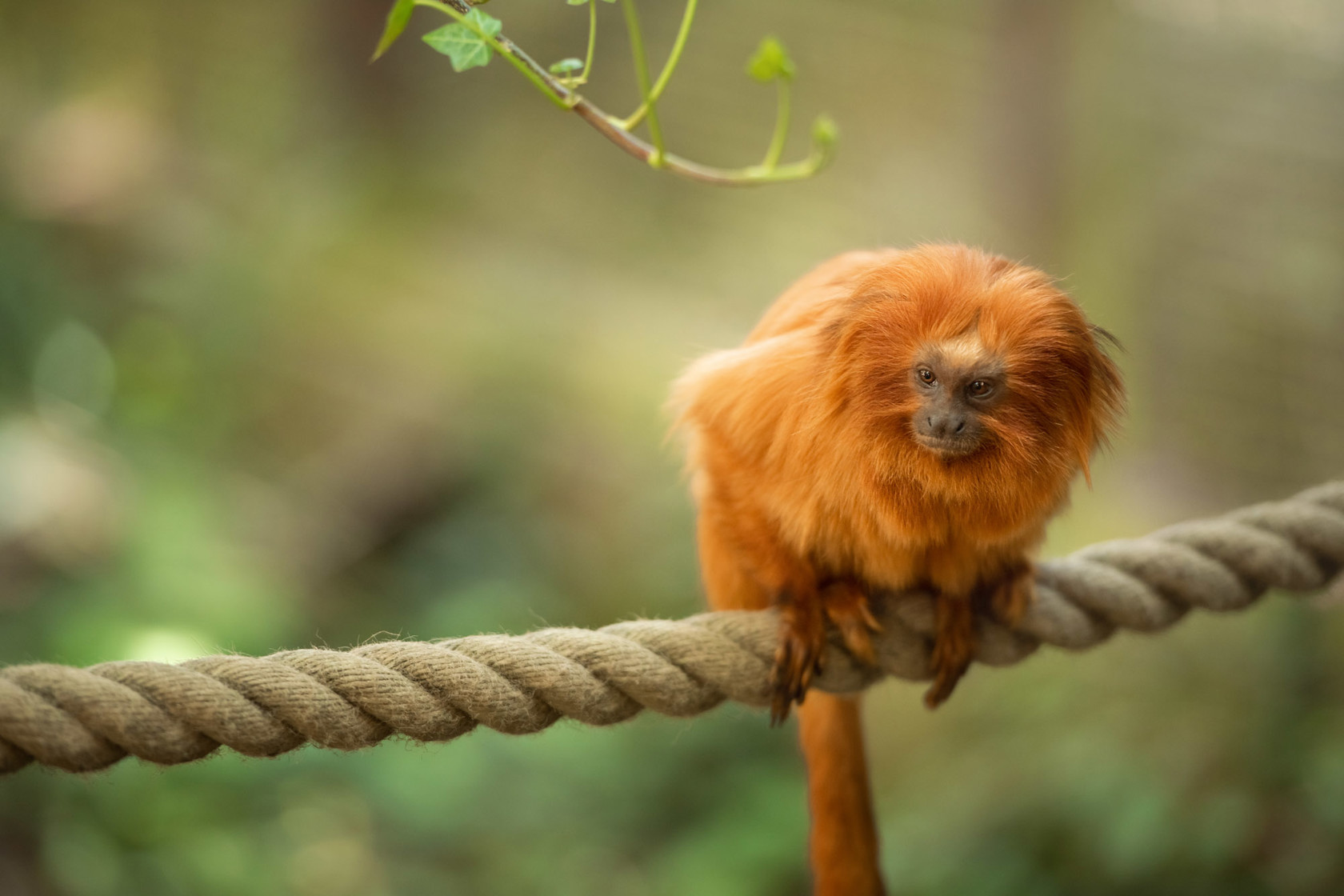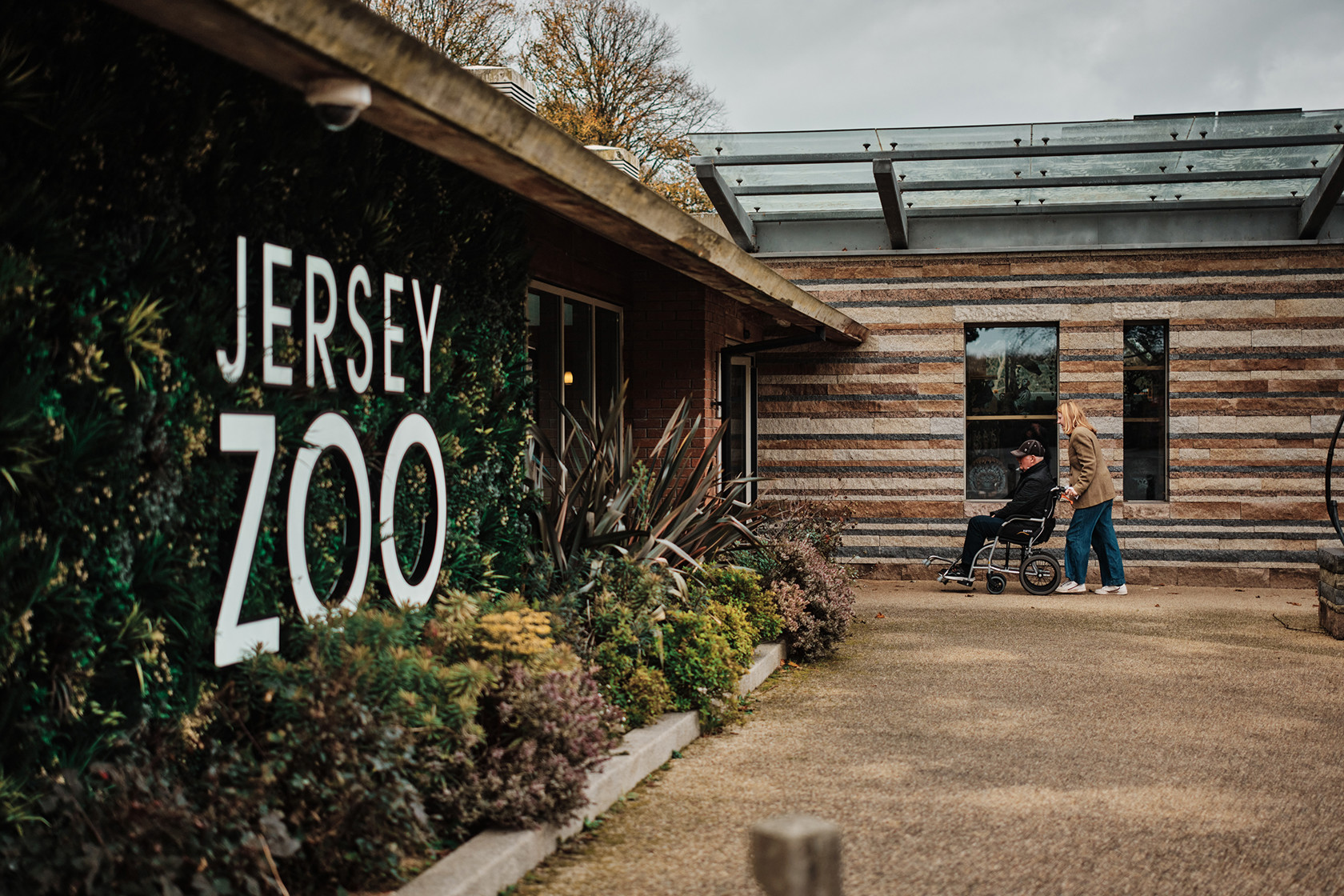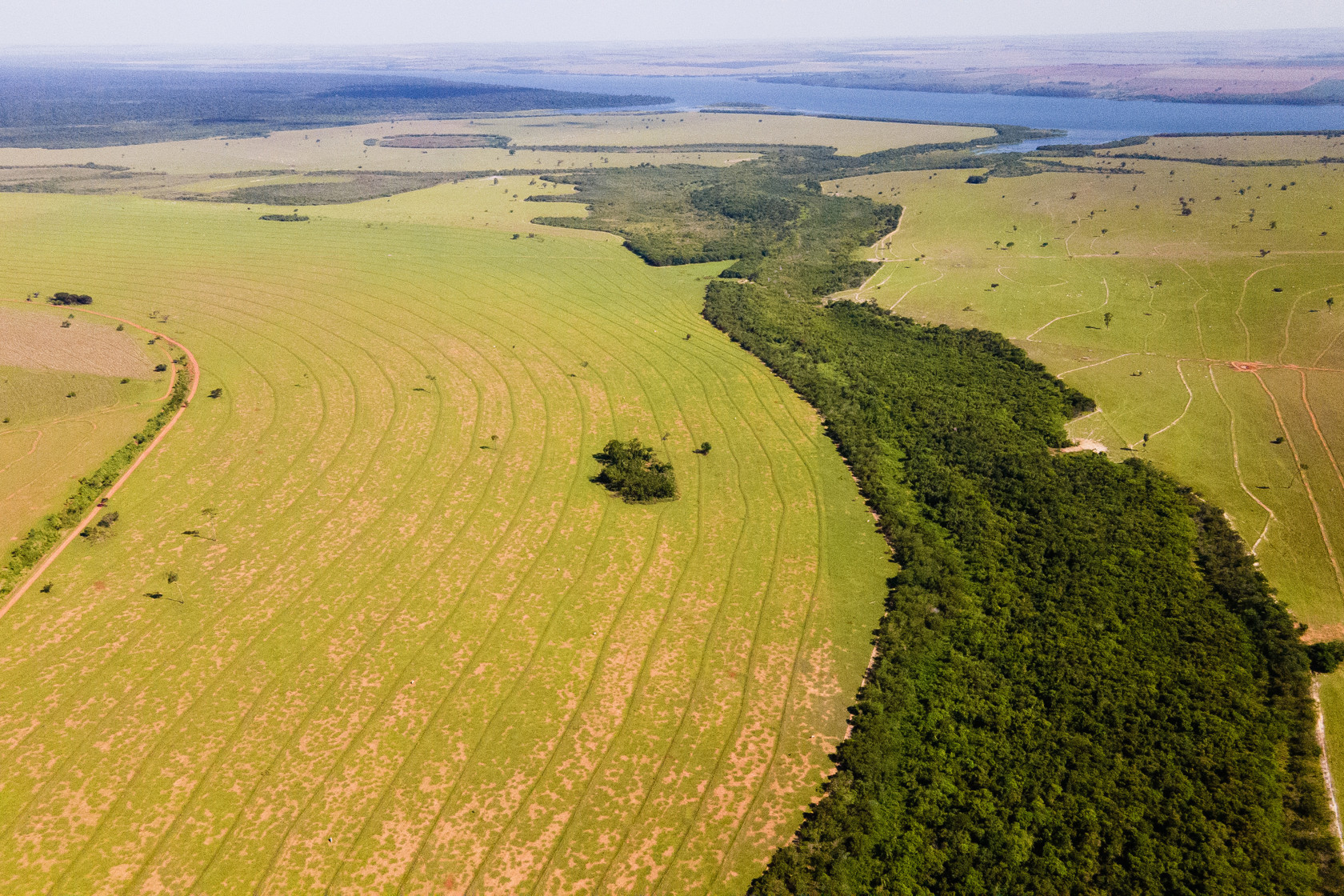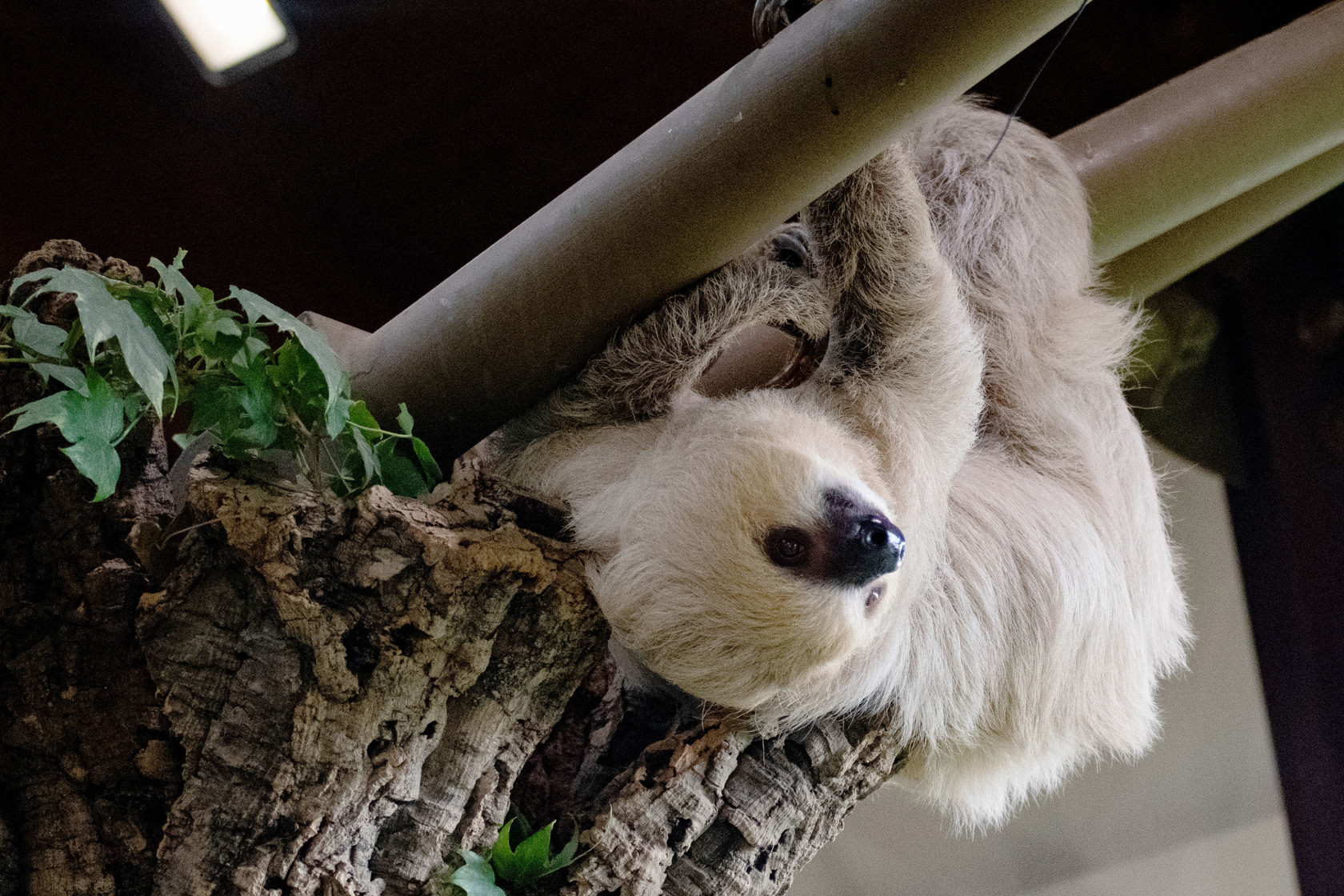Durrell and partners set up breeding facility for Critically Endangered Saint Lucia racer
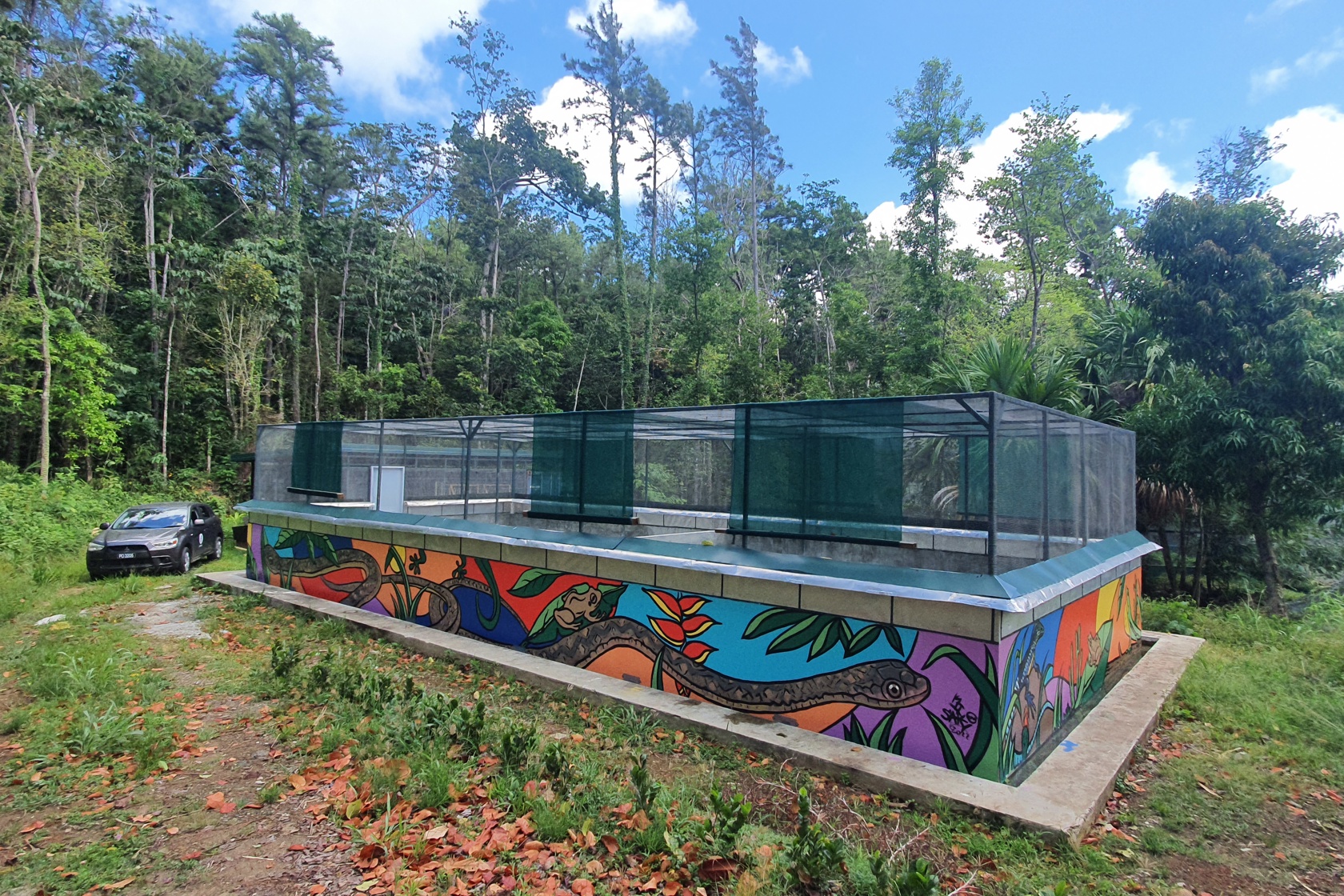
There are fewer than 50 Critically Endangered Saint Lucia racers left in the world, making them the most threatened snake species.
After being wiped out from mainland Saint Lucia by the invasive Indian mongoose, the Saint Lucia racer was thought to be extinct, with no documented sightings since the 1800s. In 1973, a single individual was found on Maria Major, a small island just 1km from the coast of Saint Lucia. The snake then became a protected species under the Saint Lucia Wildlife Protection Act and Maria Major was declared a nature reserve to protect its unique wildlife.
Durrell began working with the Saint Lucia racer in the 1990s, when two snakes were found during a reptile survey on Maria Major. Sightings of the snake are still very rare. Invasive species and land development continue to pose a threat to the population, but the presence of juvenile snakes on the island gives hope for the species.
To save this species from extinction, we are working alongside the Saint Lucia Forestry Department, Saint Lucia National Trust, and Fauna & Flora to establish a captive breeding population. This population will not only act as a safety net, ensuring we have an emergency backup should the wild population isolated on Maria Major decline, but will also enable us to breed and reintroduce the snake to areas of its historical range. Our goal is to increase the wild population and the range, ensuring that the species is a part of Saint Lucian heritage for years to come.
To achieve this, a purpose-built captive breeding centre has been set up in Saint Lucia. The breeding centre consists of two main facilities: one for breeding the racers and another for cultivating live food sources. The goal is to create self-sustaining colonies of these prey species to feed to the captive population of racers.
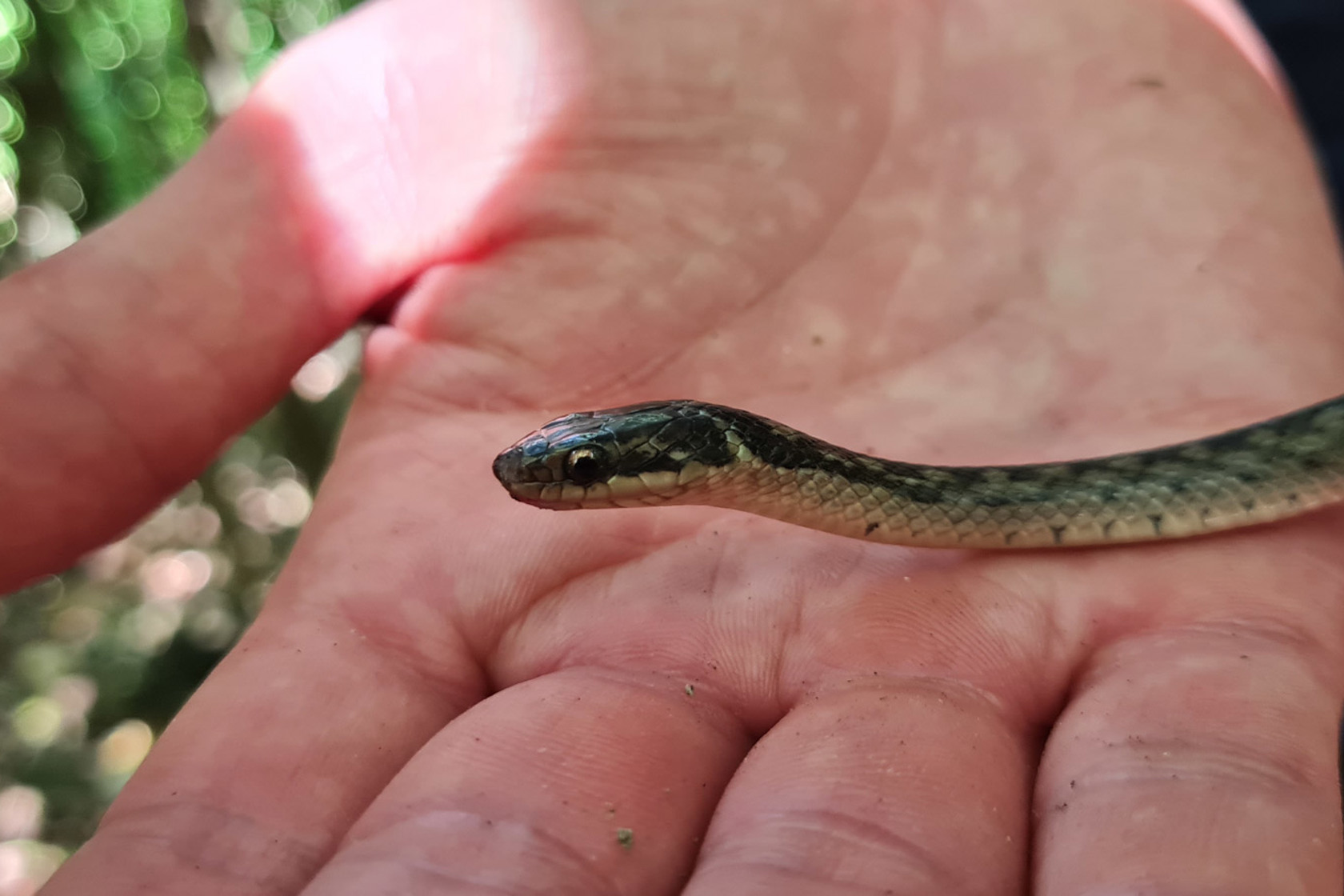
Once we have finished setting up the facilities and have fully developed the necessary environment and husbandry protocols to ensure high levels of care and welfare, the goal is to bring the initial founding Saint Lucia racers into captivity for breeding. The husbandry protocols which will be used were developed at Jersey Zoo based on the captive management of a related species, the Leeward Island racer.
Local government and conservation organisations are integral to the success of this project. Local technicians will be trained to manage the facilities and contribute to the overall conservation efforts.
The aim from this programme is not only to save the Saint Lucia racer but also to develop the expertise in husbandry and captive breeding skills for this species, which could prove beneficial for other reptile conservation projects. The facility also has the potential to engage and educate the community, particularly young individuals, through planned outreach and training programs.
The development of the racer breeding facility, and the ongoing maintenance and monitoring of the facility would not be possible without the collaboration of our partners the Saint Lucia Forests and Land Resources Department, the Saint Lucia National Trust, and Fauna & Flora, and without the generous support of the US Fish and Wildlife Service, USAID, the Disney Conservation Fund, and the Critical Ecosystem Partnership Fund.

